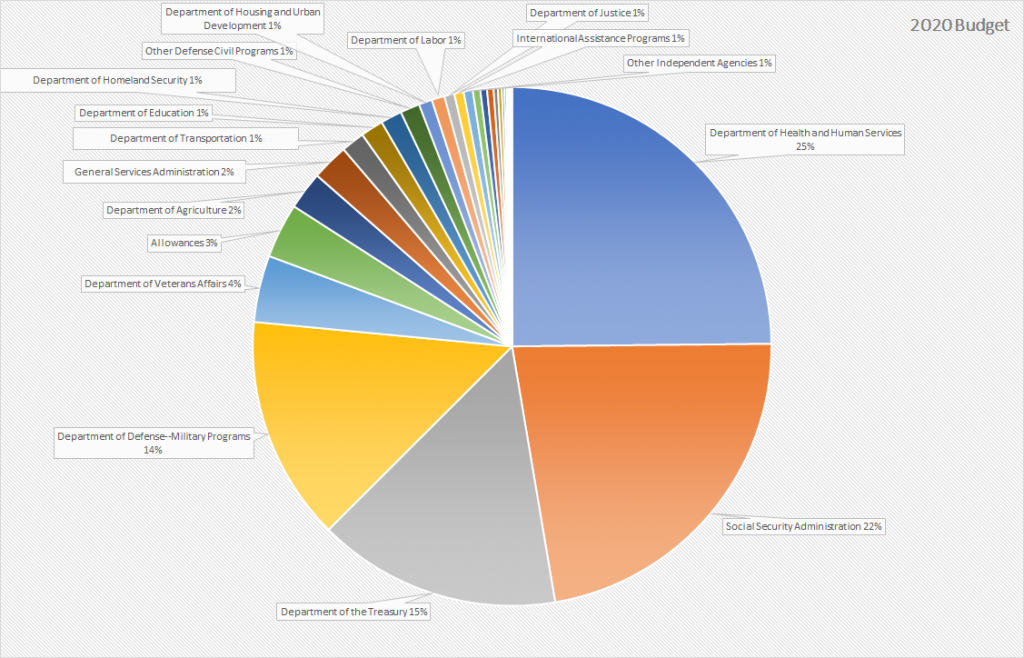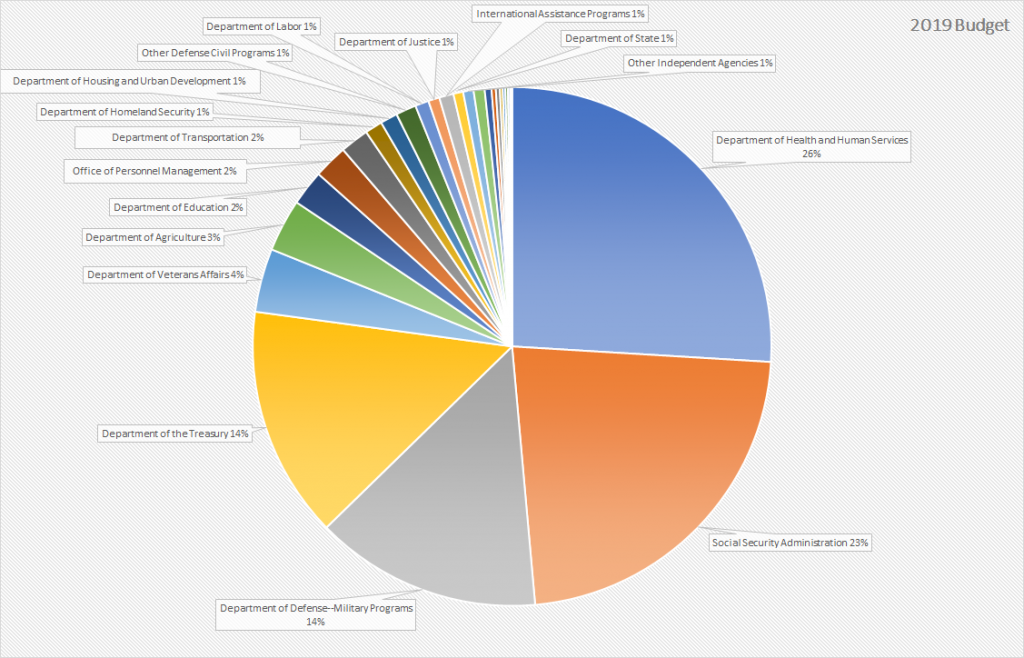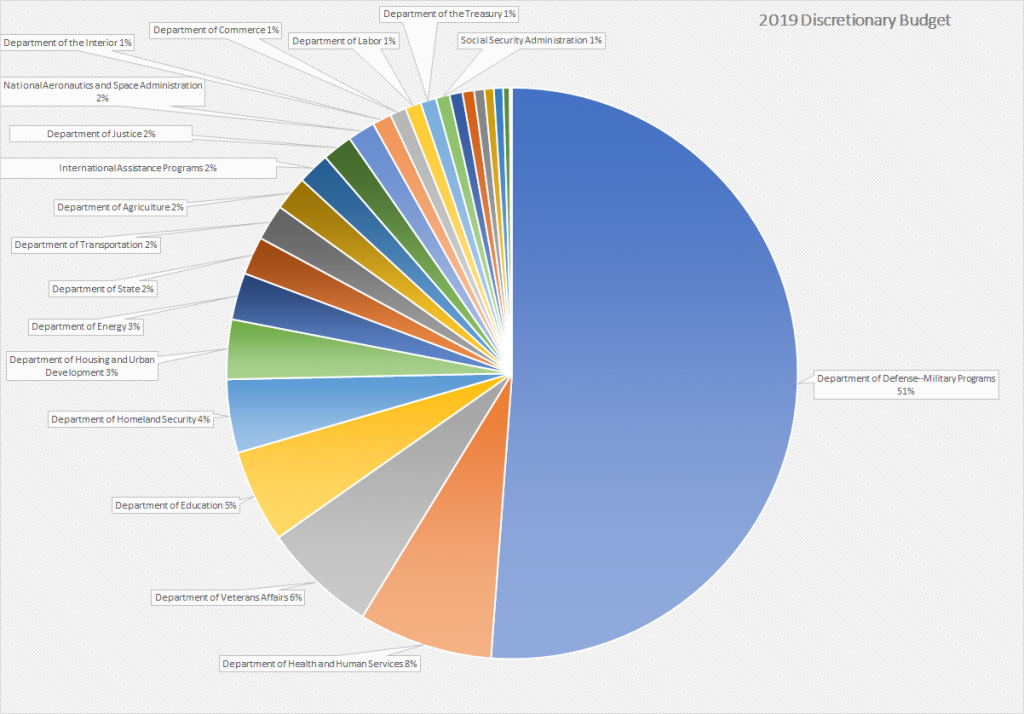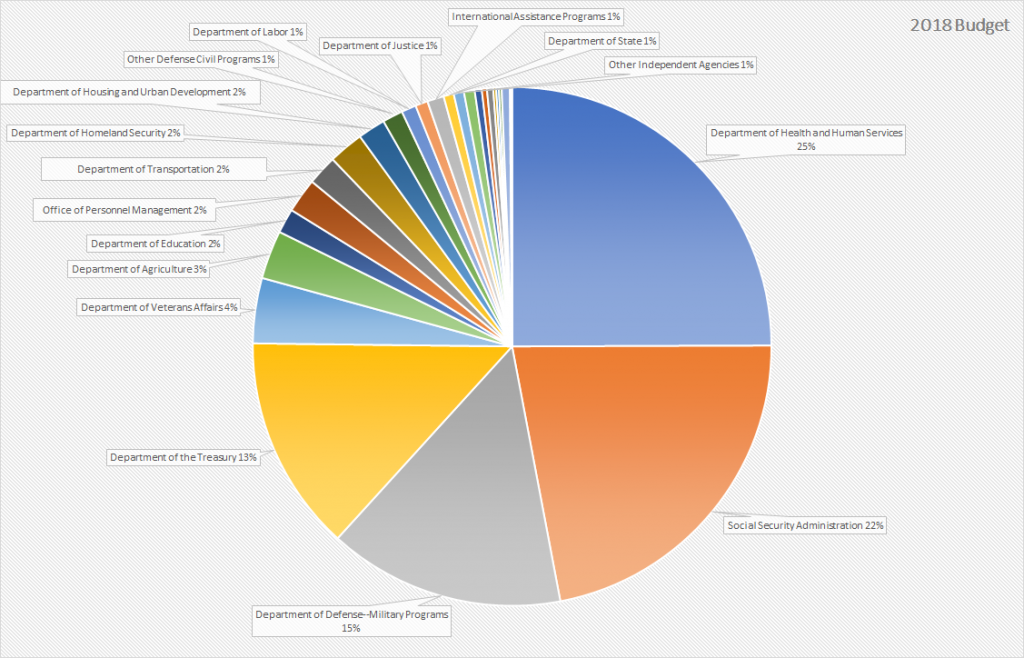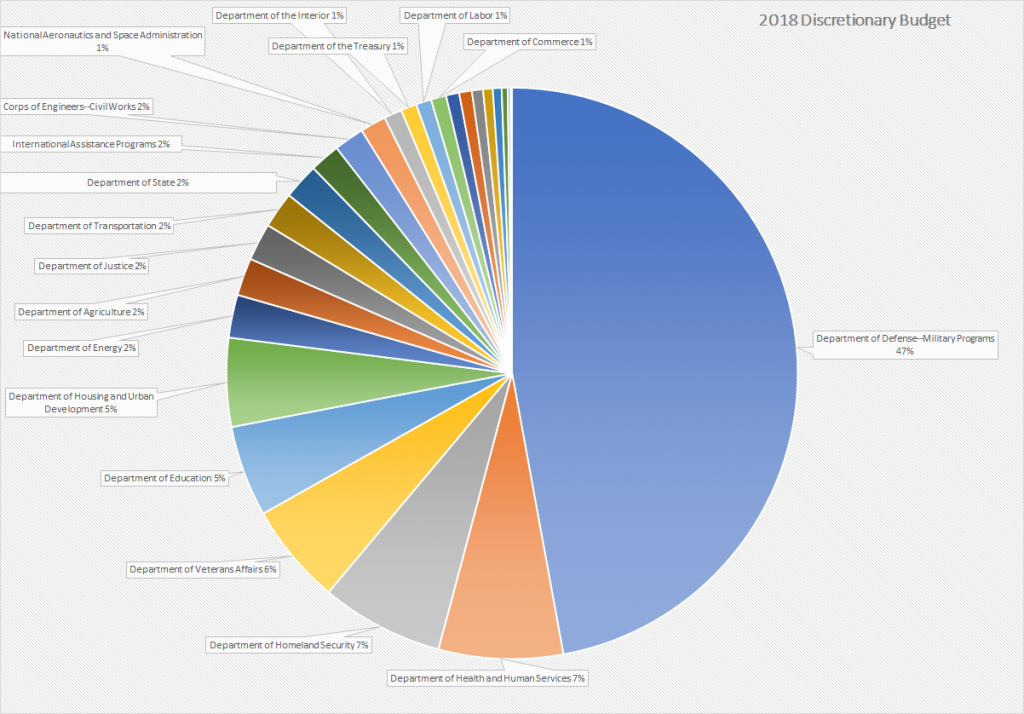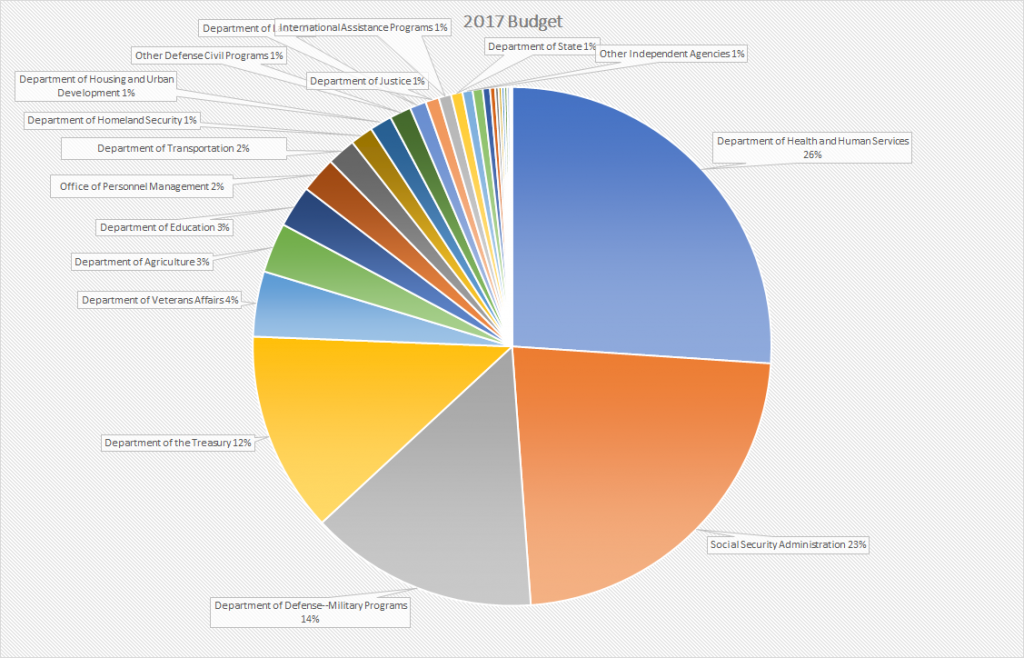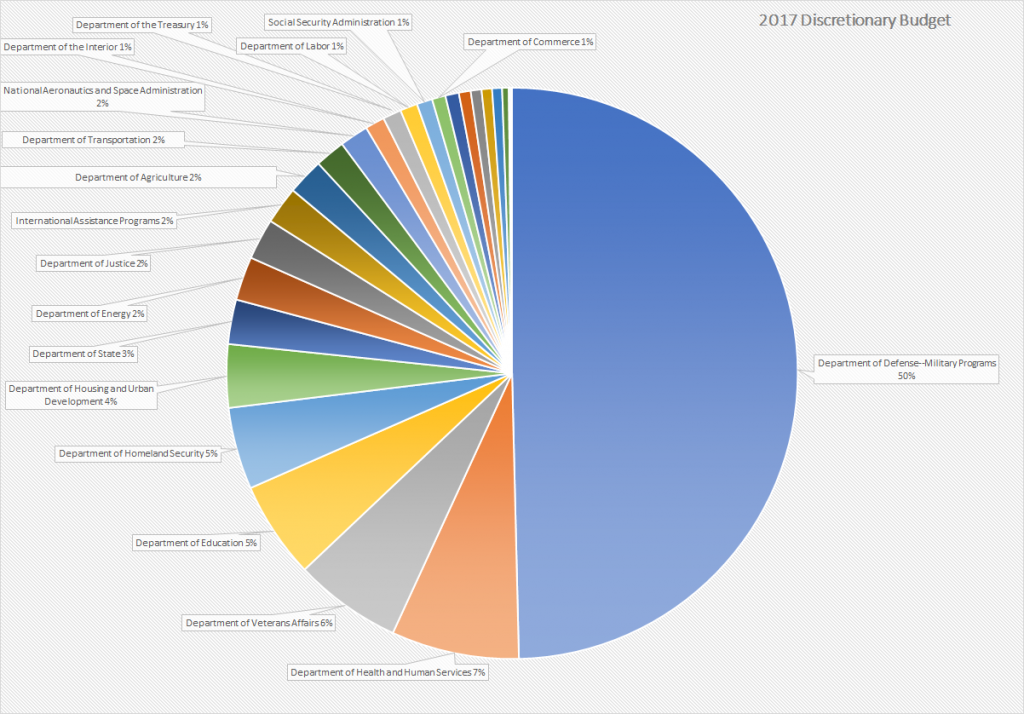Our Township recently came across a provision in the Zoning Regulations that stipulated that, upon receipt of a request, the board shall approve said request. The county prosecutor’s office advised them that this phrasing means they must approve the request. Now, that’s a risk mitigation decision, not a purely legal one. If they don’t approve the request, they could end up in court arguing over the meaning of the word “shall”. Gutierrez de Martinez v. Lamagno 515 U.S. 417 (1995), as an example, indicates it’s not apt to be a losing case. But … our County Prosecutor’s office is quite circumspect and very cautious. You could argue that shall is not a word of obligation. But you could also replace ‘shall’ with ‘must’ or ‘may’ in your text and avoid any question. Given that the ordinances can be changed, the only down side to eliminating ambiguous language is time.
Last night, we attended a meeting where they discussed the proposed new language to avoid needing to rubber-stamp every submission. And … the new text is riddled with the word shall. When a request is submitted for a special event permit, the request shall, provided the requestors have addressed this list of considerations, be approved. I brought up the scenario where multiple requests are received for the same area for the same time-period. Each individual event has sufficiently managed crowds, parking, noise, health and safety facilities, etc. But in toto three Independence Day special events within a quarter mile of each other creates a traffic concern. Or twelve Memorial Day special events across the township will strain emergency response resources. They need the flexibility to say “sorry, you’re the fifth guy who wants to do something this weekend … no”.
